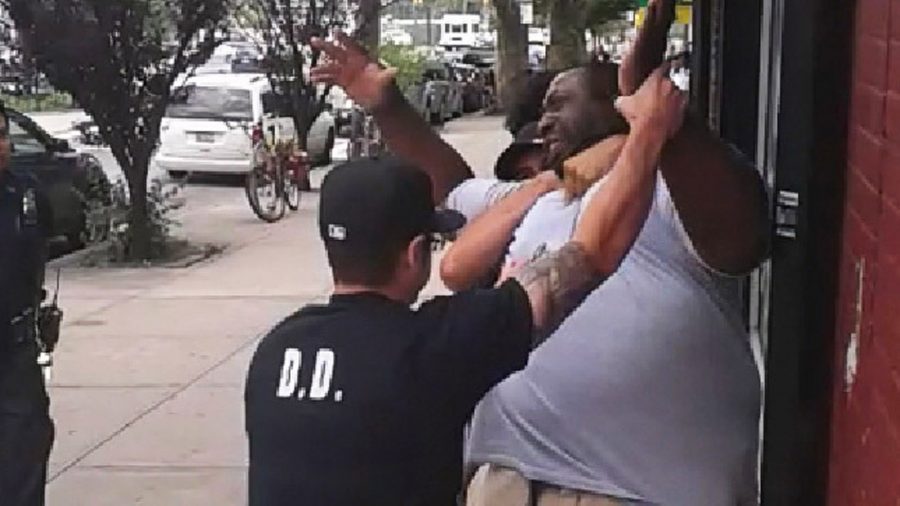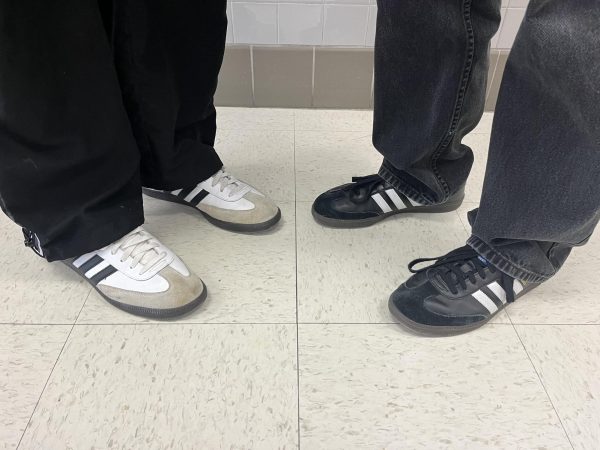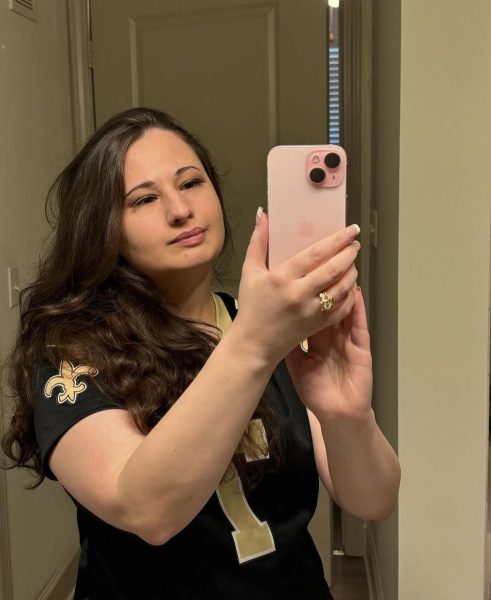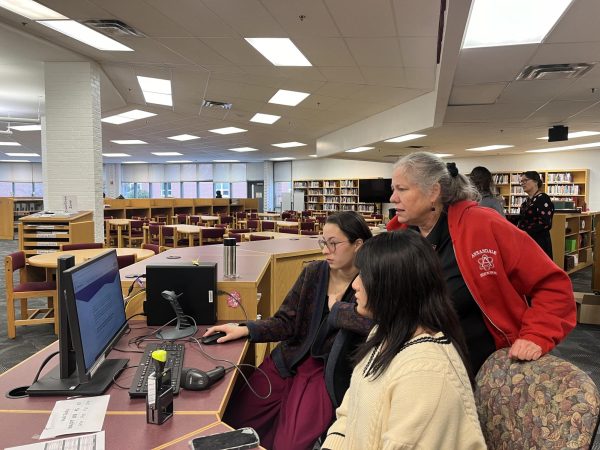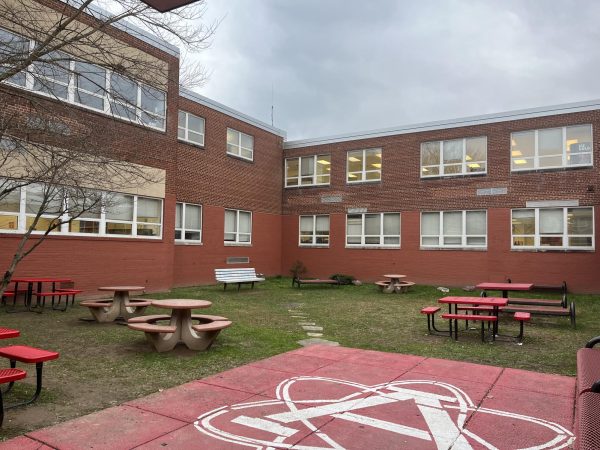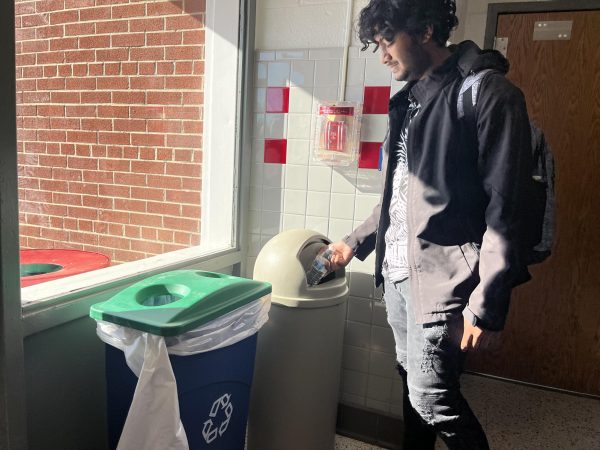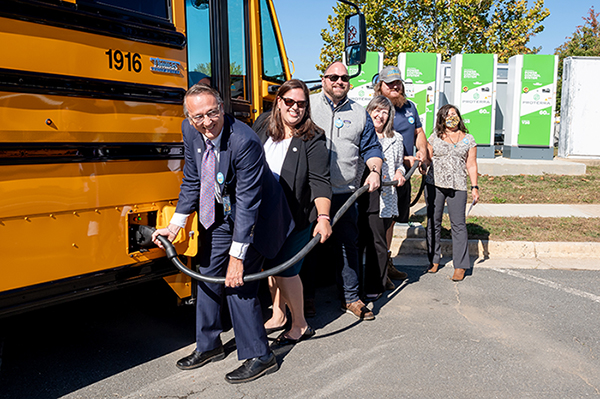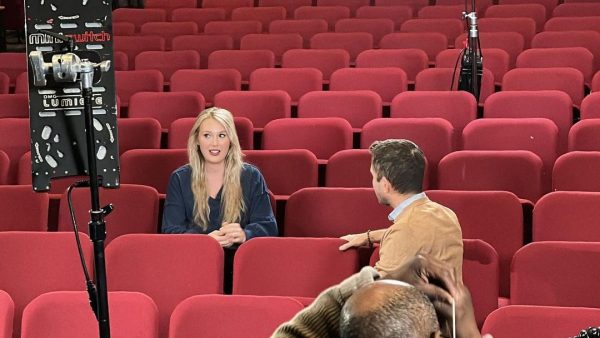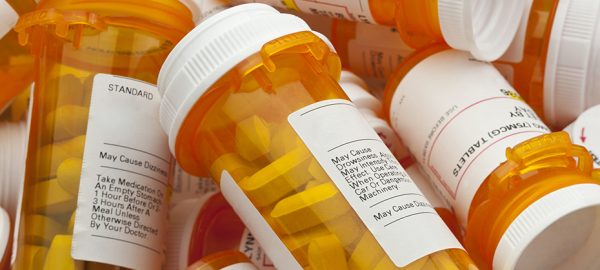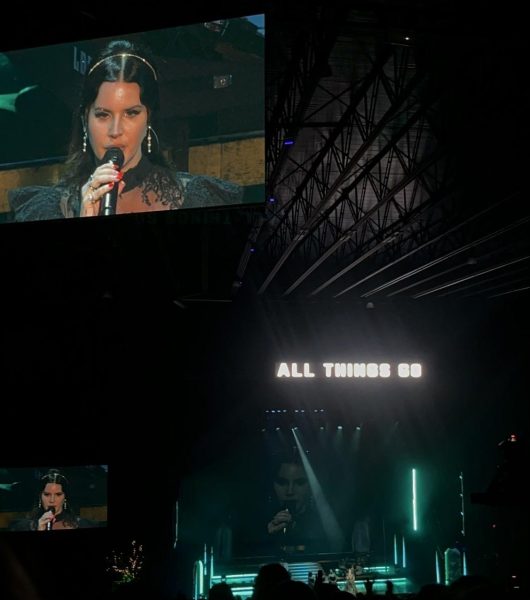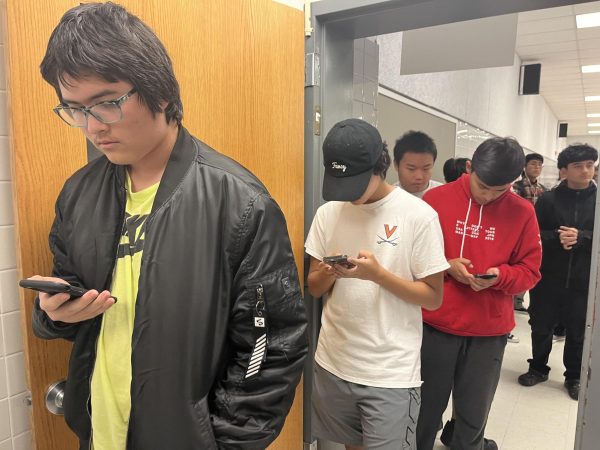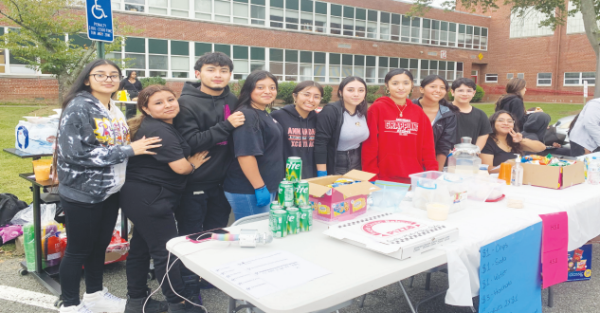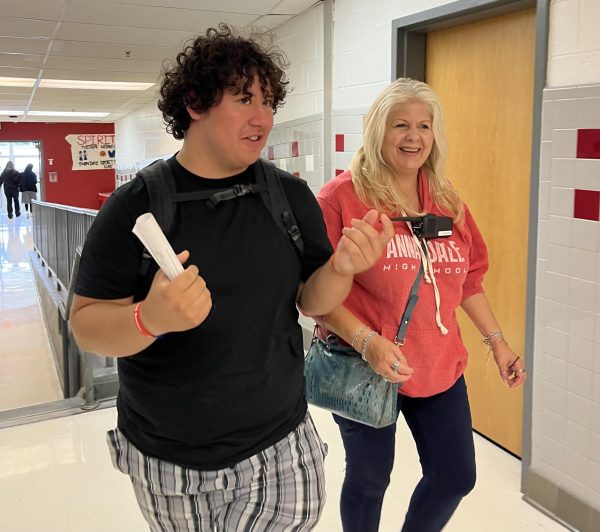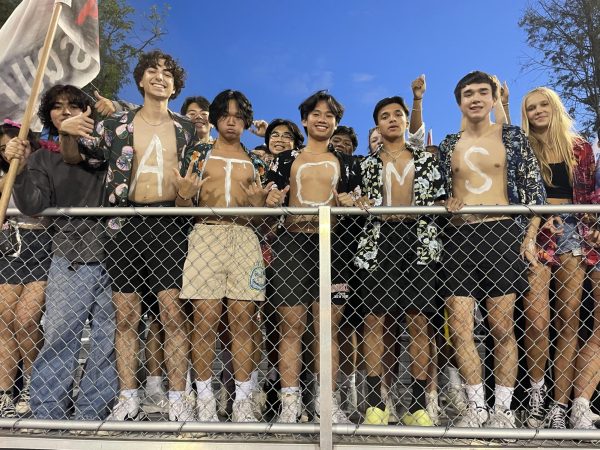Videos ensure that the police are held accountable
Keith Lamont Scott. North Carolina, 2016. Shot while carrying a handgun after police came .
Philando Castille. Minnesota, 2016. Shot in his car after telling officers he was carrying a weapon legally. his wife and child was in it with him.
Phillip White. New Jersey, 2015. Died after being beaten by officers.
Walter Scott. South Carolina, 2015. Shot in the back after running away from police arrest.
Eric Garner. New York, 2014. Died a heart attack after being put in an illegal choke-hold by police officers .
What links all of these deaths is not only that they were black men, but these death were taken on video by bystanders.
Although some of these videos proved that officers did act in a correct fashion, the countless other times proved a trend of increased violence against African Americans.
A conversation that would not have been possible without these cellphone videos.
This is not the take away all the work that police officers do. Most officers act in a respectful manner, but one cannot forget the increasingly alarming trend of unarmed black Americans being killed.
These videos come at a time where cellphones are readily at hand.
Yet many fail to use and understand the power this resource can be used as a way to hold officers accountable.
It is becoming increasingly important for people to use because we are in a time where unarmed black men and women are killed at a high rate by officers which is now being acknowledged more in media.
Despite this, we cannot continue this fight against brutality without the evidence to back up our claims. Claims that video proof would support, which is why Americans need take initiative and use the resources they have.
More Americans need to be more aware of the responsibility we have on making sure this is possible, and cellphone videos are the easiest way to do so.
At the same time, more people need to acknowledge the power that these videos do have.
We have a responsibility to make sure the rights of others are protected just as our own.
Yet, many are reluctant to understand or validate these cellphone videos. This is because the videos, usually cannot give the entire story. Oftentimes, these videos leave out context of a situation.
With many Americans using this logic, this holds back the potential handful of cases that could be helped with cell phone footage.
This argument often leads to the discussion of body cameras, a system that most states do not have at this time. With this in mind, it should further your want to take initiative as members of this society.
Until body cameras are made possible, it is important to realize that cellphone footage, is the only way citizens can take back our power. Despite the access of dash cam footage, oftentimes, the release can be controlled by state laws and the law enforcement.
Additionally, many are apprehensive because they think that it is a crime or against a rule to film police.
According to Virginia law, bystanders have the legal right to film the police if they are on public property or, his or her private property. As long as you are not interfering with what they are doing, you are allowed to film.
Filming videos of aggressive or uncertain situations make sure not only law enforcement is held accountable, but citizens themselves. These videos can help lead to the truth.
Videos should not hamper the way officers conduct themselves, rather they can also be a way to highlight their bravery as well as accountability.
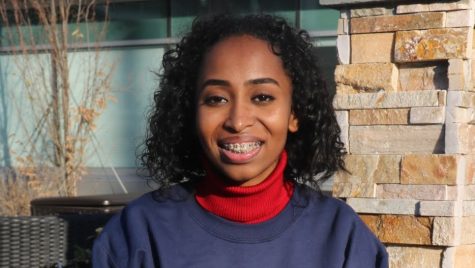
Senior Aseal Saed is currently the Co-Editor in Chief of The A-Blast. This is her fourth year on staff. Her previous positions were as In-Depth Editor...



